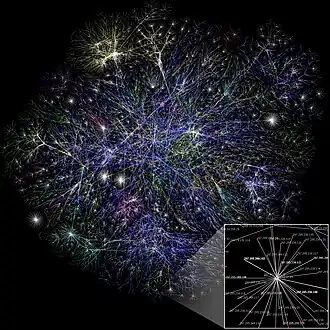Introduction to Computers/Personal
Course Navigation
| << Previous - Application software | Next - Networks >> |
|---|
|
Introduction to Computers → Personal
|
Receive
Time shifting
Time shifting refers to the saving of a program (audio/visual) to a storage medium for future use. Specific types of softwares are listed below. w:Time_shifting
TiVo
TiVo is a common brand of DVR (Digital Video Recorder) in the United States. The DVR is a device which allows viewers to record television programs onto a hard disk, enabling the program to be watched at a different time than when it airs. The recording can also be done at the same time as viewing another program; this is called "time shifting". w:TiVo Tivo can be programed to automatically record specific shows, or even entire seasons of shows. Because it is set up with an account, it can be accessed anywhere in the world.
VOD
VOD, or Video on Demand is a system that allows viewers to watch videos or clips of videos over a network. It is part of an interactive television system. (Wikipedia 2007).
VOD has a hard drive around 200 hours and is able to save and play back video when you want at your convenience
Video on Demand has its advantage over pay per view because it allows you to start the movie you want as soon as you order. It also allows you to watch the movie as many times as you want in a 24 hr period.
The first commercial VOD service to take place was in Hong Kong in 1990. w:Video_on_demand
space shifting
Is similar to time shifting only in the way of storage. Space shifted materials are usually converted into a different file type, which leads to legal arguments about copyright infringement.w:Space_shifting
MobiTV
Is a global television and digital radio provider for mobile phones, palm devices, PCs and Windows mobiles. This service makes it possible for individuals to have access several popular TV and radio stations right from their personal phone! (wikipedia, 2007)
TU Media
TU Media stands for "TV for you". It was the frist mobile service company and is based in Seoul, South Korea. Currently there are about a half million subscribersw:TU_Media
digital radio

Digital radio is the next generation of radio. It has the capacity to provide listeners with more services, clearer reception and sound quality and a range of other features, including tuning by station name, record and rewind capability, text information, graphics, pictures and web pages.
Digital radio offers:
Better Sound and Reception
The digital radio receiver locks on to the strongest signal it can find and ignores everything else.
More Choice
As digital radio transmission is far more efficient than analogue AM/FM, more stations can be broadcast within the same amount spectrum. This means it has the potential to offer new services to expand listeners' choice - specialist program formats, for example, such as sport or specialist music.
Easier Tuning
With digital radio there's no need to remember the frequencies of stations, as you can tune by station name.
Rewind and Record
Digital radio receivers are essentially computers that receive and decode a digital program stream into a format that you can hear (and see in the small screen). Like computers, they also have the capacity to store information. Digital radio receivers can therefore pause, re-wind for a few minutes or store audio (via a memory card) for later listening.
satellite
Satellite radio is also called digital radio. This radio service is sent from satelites that are orbiting the earth. Only people that subscribe to this service have access to decoding their signals. Exx. Sirius radio and XM radio Sirius Canada has approx. 300,000 paid subscribers while XM radio has around 270,000. (wikipedia, 2007) Approx. 4 million subscribers in the states. Subscription is approx $9.95/month - $12.95/month. There are are 2 SDARS ( satellite digital audio radio service ) providers in the states. Satellite radio allows the subscriber to access more content from different parts of the globe, providing greater variety in their music/talk show selection.
CD quality
The quality is as good as a CD!
hundreds of channels
Compared to a regular radio, digital radio has many more channels available.
No Commercials
No commercials as the radio is sponsored by the satellite provider and of course, the subscribers also share the burden of the cost of operation.
HD radio
Is a higher quality of media output compared to the traditional radio. Using better compression and better delivery methods to a propriety equipment, The client will be able to enjoy a wider range of programs at close to CD quality. How it operates (four steps): 1. Radio Stations 2. Digital Signal Layer 3. Combined Analog 4. Receivers Reduce Interface
analog + 2 digital
Just because you want the latest and greatest, it doesn't mean you have to abandon the old analog format completely. The new HD radio receivers are often HYBRID which will allow the client to listen to more choices of stations.
better quality
The compression of music is increase thus allowing close to CD quality medias to be streamed to the radio.
hundreds of channels
1200 stations to choose from AM and FM frequency
free
YES! Like traditional radio stations, all the programming in HD Radio both in FM and AM are FREE as they are supported by commercial advertising.
internet radio
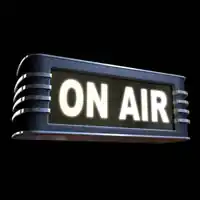
Internet radio is a free service provided so that you can access a wider range of music just as easily as digital radio. Internet radio can be streamed and played by a software media player in the computer, such as iTunes. Internet radio offers listeners with a continuous stream of audio that the listener cannot alter. It also provides listeners with the ability to listen in on international stations.[ http://en.wikipedia.org/wiki/Internet_radio]
most popular
The most popular internet radio providers are Yahoo, AOL & MSN.
hundreds of channels
Currently there are more than 4,000 broadcasts available on the Internet.
free
Most internet radio broadcasts are free, such as SHOUT, Yahoo and Pandora.
MP3 players
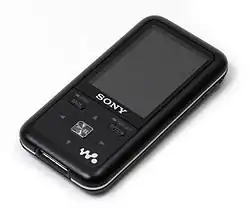
An MP3 is a device used to listen to music (or recordings) portably. The most famous of which is an Apple iPod. MP3 is a format that allows audio recordings to be compressed so they are small enough to be sent over the internet or stored as a digital file.
hard drive vs flash
A hard drive is much more common than a flash drive as it allows for more downloads, although a flash drive is susceptible to a drive crash.
sampling rate
This is the amount of times, in KB/second that a song is recorded and converted into a digital value. The better quality the song (or sampling rate) the more space it will take on your MP3.
video
Some MP3 players, such as the Apple iPod offer music video downloads along with the song. This obviously takes a lot more space.
listening habits
An MP3 makes listening to music in any environment possible. Some examples are: while working, during a boring lecture, jogging or while being forced to listen to someone's horrible taste in music in the car. (Selena & Mardi)
It is important because users have access to hundreds of songs while they are on the go!!!!
DTV
clearer
Digital television (DTV) is a television system that uses digital signals, rather than analog signals used by analog (traditional) TV.DTV (digital television) is much clearer than analog TV. Picture and sound quality are noticeably better because digital transmissions are free of snow, ghosts, or static noises.
Less prone to interference than an analog TV
not pure digital
DTV takes analog broadcast signals, coverts them into digital signals and then coverts them back into analog signals for viewing.
digital broadcast by 2006
The Federal Communications Commission (FCC) has mandated that all TV stations must be able to broadcast DTV by 2006. Viewers will be able to get movie-quality pictures, CD-quality sound as well as receive different kinds of information services.
The expected problems are that the old analog tv's will not work after the switch to digital. Some governments have allocated money for people to purchase the converter boxes that will soon be necessary. They also plan to use some of that money for public education on the digital transition.
HDTV

HDTV is short for "high definition television". It has a wider screen and a higher resolution than standard resolution. The term "high definition" was first used in the 1930's and 1940's to describe the television systems in their infancy. The High Definition works with digital broadcasting signals and has a wider screen and higher resolution than standard resolution.[[Image:144px-HDTV_example_-_Fish_40x46_squares.svg.pngjpg]|thumb|200|] HDTV technology was introduced in the United States in the 1990s by the Digital HDTV Grand Alliance, a group of television companies and MIT. Terrestrial Analog Broadcasting will be terminated in all full power stations and replaced by Digital broadcasting, as of February 17, 2009.
Way More Clear
HDTV makes its picture clearer by using a wider screen and a greater resolution
HDTV allows for smoother motion, more natural colors, surround sound, and allows several input devices to work together. w:HDTV#Standard_resolutions
pure digital
Pure Digital refers to a constant stream of digital view as opposed to streams of digital-analog-digital
16x9 like movies (not 4x3 like TV)
Standard televisions have a 4:3 width:height ratio, whereas in contrast a HDTV has a 16:9 width:height ratio.
expensive
Brand new HDTV's can cost anywhere between $500- $2000, but it all depends on the style of the TV, a tube system will cost less than a projection system
New York Leads in HD Uptake
New Yorkers are leading in numbers when it comes to the HD movement. A recent survey shows that 17.5 percent of New Yorkers get HD broadcasts, above the 11.3 percent national average.
It is important because it has a wider screen and resolution than a regular tv.
Aigo USB Dongle
This new Dongle toy is one of many HD (High Definition) transmitters being installed in taxis, buses and public places all over China. It uses a chip which picks up China's new HDTV mobile broadcast network. The network was set up specifically for Beijing's 2008 Olympics. Just plug it into a laptop's USB port and receive the HD wireless feed.
SDTV
Standard-definition television or SDTV refers to television systems that have a resolution that meets standards but not considered either enhanced definition or high definition. The term is usually used in reference to digital television, in particular when broadcasting at the same (or similar) resolution as analog systems. http://en.wikipedia.org/wiki/Standard-definition_television
The difference between SDTV and HDTV is that the signal on SDTV is more compressed than that of HDTV. As the digital signal is compressed, broadcasters can transmit five SDTV programs, whereas HDTV can only broadcast one. Multiple program broadcasting, called multicasting, was not previously available with analog transmissions. The picture definition of SDTV is also slightly lower than on HDTV.
DVD clearer (less than HDTV)
Standard definition is equal to that of a DVD.
Quality of media that does not match high-definition or enhanced definition, so it is refered to as standard. w:SDTV
more stations
Because an HDTV is so expensive, broadcasters will use SDTV instead.
It is important because it enables broadcasters to transmit more info within the bandwidth allowing them to multicast their products.
Smell-Phones
Do you need to freshen up your room? Usually, to acquire a pleasant smell, one must either light up a scented candle or obtain the object that produces the desired smell. But wouldn't it be easier to simply press a few buttons on your cell phone? NTT Communication has decided to attempt to create such a phone.
This may seem a bit far fetched, sending smells from cell phone to cell phone. But sounds and images and even videos have traveled with cell phones, why not smells? NTT Communication has found a reasonable, reachable, believable method of allowing smells to travel, too. In their new cell-phones, sixteen base smells are stored. To send a fragrance, one must simply select the scent they would like to send. Then, the sending cell phone gives a "recipe" to the receiving cell phone. This recipe instructs the phone to release certain amounts of certain base smells. These base smells will combine to give off a familiar fragrance, such as roses or vanilla. This is much like how a printer combines the primary colours to make thousands of colours.
Furthermore, a holder of these new cell phones can create new smells with the base smells. If they wish they can post these recipes on the internet for fellow scented cell phone holders to use.
Create
digital camera
point n’ shoot
SLR
megapixels
storage
battery life
LCD screens
3D LCD TVs Could Debut Within Two Years
video clips
transfer images
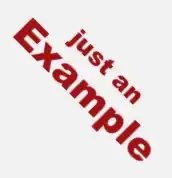
PDA
flash memory
synchronizing
future PDA
TV
photographs
weather meter
GPS
Tablets
Slates
Thin-client slates
Convertibles
Hybrids
mini tablet
smartphone
iphone
new phone
mainly voice
more memory
keyboard/stylus
LCD screen
web
camera
music/video
iTouch
iPhone to Become Blu-Ray Player Remote
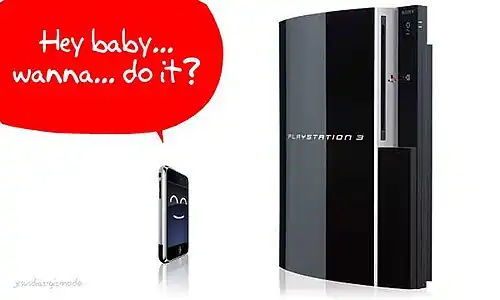 According to NetBlender, iPhone and iPod touch users will be able to control their Blu-ray players using an application called BD Touch. The application will use the network capabilities of Blu-ray hardware and Apple's handheld devices to transfer data, allowing you to do many different things beyond controlling movie playback.
It will include a number of features that will be supported by the technology, such as automatically updating film collections held on an iPhone, including a feature which lets Blu-ray players/discs send a digital copy of a video to an iPhone.
According to NetBlender, iPhone and iPod touch users will be able to control their Blu-ray players using an application called BD Touch. The application will use the network capabilities of Blu-ray hardware and Apple's handheld devices to transfer data, allowing you to do many different things beyond controlling movie playback.
It will include a number of features that will be supported by the technology, such as automatically updating film collections held on an iPhone, including a feature which lets Blu-ray players/discs send a digital copy of a video to an iPhone.
Connection
network
tree-and-branch
switched-network
file sharing
legal entanglements
hackers invade your computer
download virus
gaming
2nd life
Xbox
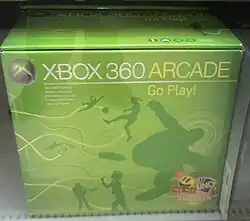
online video games
media hub of house
PS3
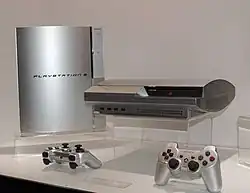
movie quality graphics
PSP
Specs.
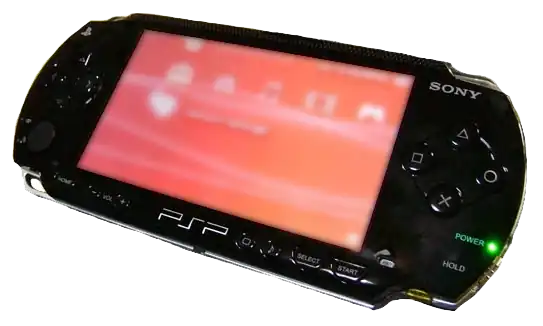
functions
advantages
disadvantages
cell interacts
Nintendo
simpler
cheaper
wireless motion
sensor console
Smart Downloads
Wii
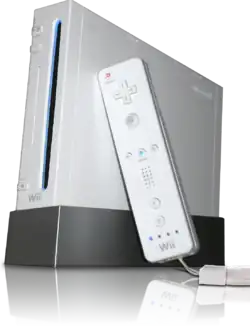
Description
Cost
Supply
Demand
Safety and Ergonomics
eye
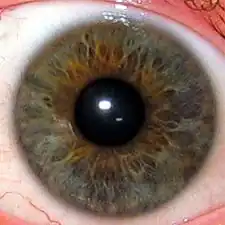
neck/back
wrist
Course Navigation
| << Previous - Application software | Next - Networks >> |
|---|
- ↑ http://www.slais.ubc.ca/COURSES/libr500/02-03-wt1/www/A_Davis/neckback.htm
- ↑ Stigliani, Joan. The Computer User's Survival Guide. Sebastopol, CA: O'Reilly & Associates, Inc. 1995.
- ↑ Sellers, Don. Zap! How Your Computer Can Hurt You – And What You Can Do About It. Edited by Stephen F. Roth. Berkeley: Peach Pit Press, 1994.
- ↑ Sellers, Don. Zap! How Your Computer Can Hurt You – And What You Can Do About It. Edited by Stephen F. Roth. Berkeley: Peach Pit Press, 1994.

